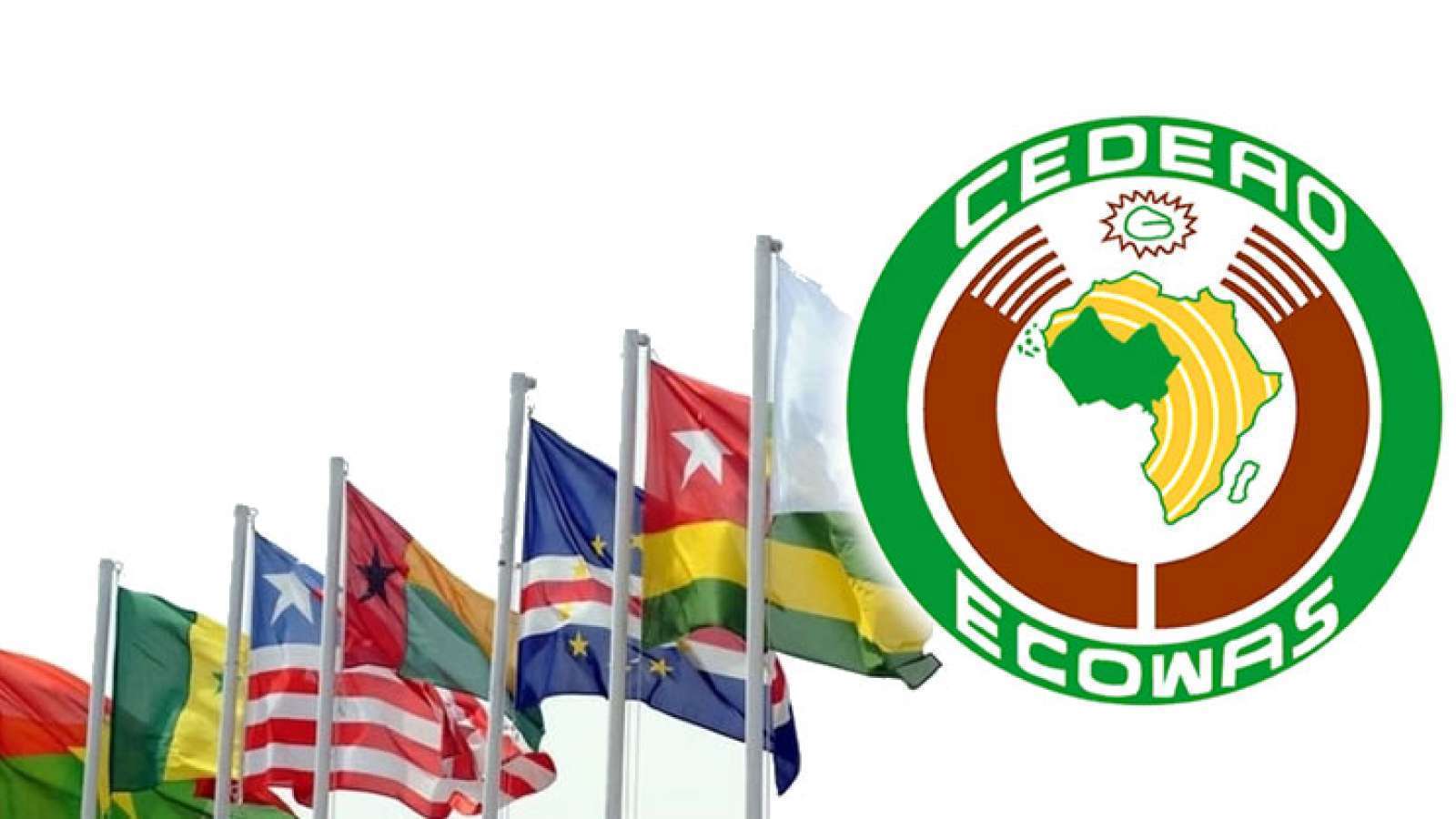Russia Businessmen Return to Africa, Seeks Business Collaborations
With the impact and influence China’s incursion into Africa has made, other countries such as Japan, India followed suit by upping their engagements with African businesses. This left Russia out, but not for long. With the upcoming Russia- Africa Summit in Sochi later this year, Russia is making a return to the continent. This is coming against the backdrop of Russia’s historic relationship with Africa especially during the cold war era.

That aspect of history is responsible for the wide media coverage, governmental concerns and civil society reactions in recent weeks, especially as Sochi gears up to host the first ever Russia-Africa Summit next week.
Read also: Ghana’s PEG Africa Secures $4m In Debt Capital To Scale Operations In Senegal
Most commentators have come from Europe and North America to voice concerns over Russia’s dodgy arm deals in Africa, political meddling with unstable African regimes, and its overall challenging of the status quo on the continent. The problem is, when these comments are not outright hypocritical, they are missing a key point: competition is good for business, which is just what Africa needs right now.
First, Russia’s presence in the continent cannot be summarized into sensationalism. It is complex and needs to be put back into context. Its modern relations with African governments and institutions started building up in post-independence Africa, time when the Soviet Union offered key diplomatic and military support to young African nations in need of it. This assistance was multi-form and much needed for countries seeking fast development following harsh independence wars and conflicts. “The Soviet Union provided significant economic assistance, including infrastructure, agricultural development, security cooperation, and health sector cooperation,” wrote Paul Stronski of the Carnegie’s Russia and Eurasia Program this week. Consequently, Putin’s vision for Africa is resuming and building up on a cooperation that started in the second half of the 20th century and was only put on hold by the collapse of the Soviet Union in 1991.
Read also: Russian inDriver Joins Ride-Hailing Competition In Africa. Next Bus Stop: Nigeria
In short, while arriving late to the party, Russia is no stranger to the African playground. Beyond military cooperation, its state-owned natural resources companies have already made inroads into the continent, and could be a game changer for many African countries in need of investment and electricity. Key Russia energy companies such as Gazprom, Lukoil, Rostec and Rosatom are already present in Algeria, Angola, Egypt, Nigeria, Cameroon, Equatorial Guinea or Uganda, while mining and minerals ones such as Nordgold or Rusal are developing world-class mines in Guinea and Zimbabwe. On a global stage, Russia’s involvement in OPEC has also sent strong signals that it is committed to market stability and global energy cooperation, which ultimately benefit African producers.
“Russia’s influence is increasing through strategic investments in natural resources, and such investments are welcomed by African governments and companies. They bring in key Russian capital and know-how to the continent which is seeking to diversify its investors basket and attract much needed investment into its energy industry,” said Nj Ayuk, Executive Chairman at the African Energy Chamber (EnergyChamber.org) and CEO of the Centurion Law Group. “The African Energy Chamber is supporting such efforts and has seen a definite uptick in Russian companies’ interests for the continent. We predict a lot of deals to be signed during and after the Sochi Summit for Russian energy companies to develop African resources and do business in Africa. This will be especially beneficial as Africa develops gas-based economies,” he added.
Amongst the most recent agreements are for instance the MoU between Atlas Oranto Petroleum and Rosneft in 2018, under which the pan-African E&P company agreed to explore the joint-development of its assets across Africa with the Russian state-owned giant. Another one is the signing of several agreements between Russia and Mozambique this summer, involving again state-owned Rosneft but also Nordgold. In Central Africa, Gazprom is also lifting gas from Cameroon’s the FLNG Hilli Episeyo, the world’s first converted FLNG vessel.
As such investments and activity picks up, the real game changer will be Africa’s ability to make deals that work for its people and its economies. Deal-making is what will shape the future of Russia-Africa relations and will tell whether Russia’s renewed influence in the continent is good or bad for its people. Rightly so, the ability and capacity of African governments to make better deals with investors is becoming central to the global business narrative on Africa.
In his much anticipated book coming up this month and already best-seller on Amazon, “Billions At Play: The Future of African Energy and Doing Deals”, Nj Ayuk dedicates an entire chapter to the critical art of deal-making. “For Africa to truly realize all of the benefits oil and gas operations have to offer, we need to see good deal-making across the board,” he writes. “Clearly, good deal-making has far-reaching implications for African people, communities and business.”
Contracts negotiations is in fact the key element missing from the current debate on Russia’s increasing influence in Africa. There is no doubt Africa is welcoming Russia’s interest for doing business on the continent, not only because it comes without the conditionality of actors such as the IMF and the World Bank, but also because Africa needs critical energy investment and a giant oil producer like Russia has good technology and know-how to export. The only thing is, sub-Saharan Africa has seen several regulatory developments in the near future, with a particular focus on local content regulations across energy markets. Jobs creation, domestic capacity building and the growth of a strong base of local energy companies is high up on the African agenda. If African governments are able to negotiate contracts that deliver on these expectations and Russian companies are committed to see the continent grow, then the future is bright for Russia in Africa.
At the end of the day, it is all about how African governments and institutions will negotiate future contracts with Russian companies. As Nj Ayuk writes in Billions At Play, “governments must give investors a chance to generate income from the resources they are interested in and recoup their investments. At the same time, governments need to look at creating value for their country and its people. It’s a balancing act. It’s challenging, but it’s doable.”
Whether Sochi will result in that balancing act remains to be seen, but the challenge is given and Africa is up for it
Kelechi Deca

Kelechi Deca has over two decades of media experience, he has traveled to over 77 countries reporting on multilateral development institutions, international business, trade, travels, culture, and diplomacy. He is also a petrol head with in-depth knowledge of automobiles and the auto industry.








